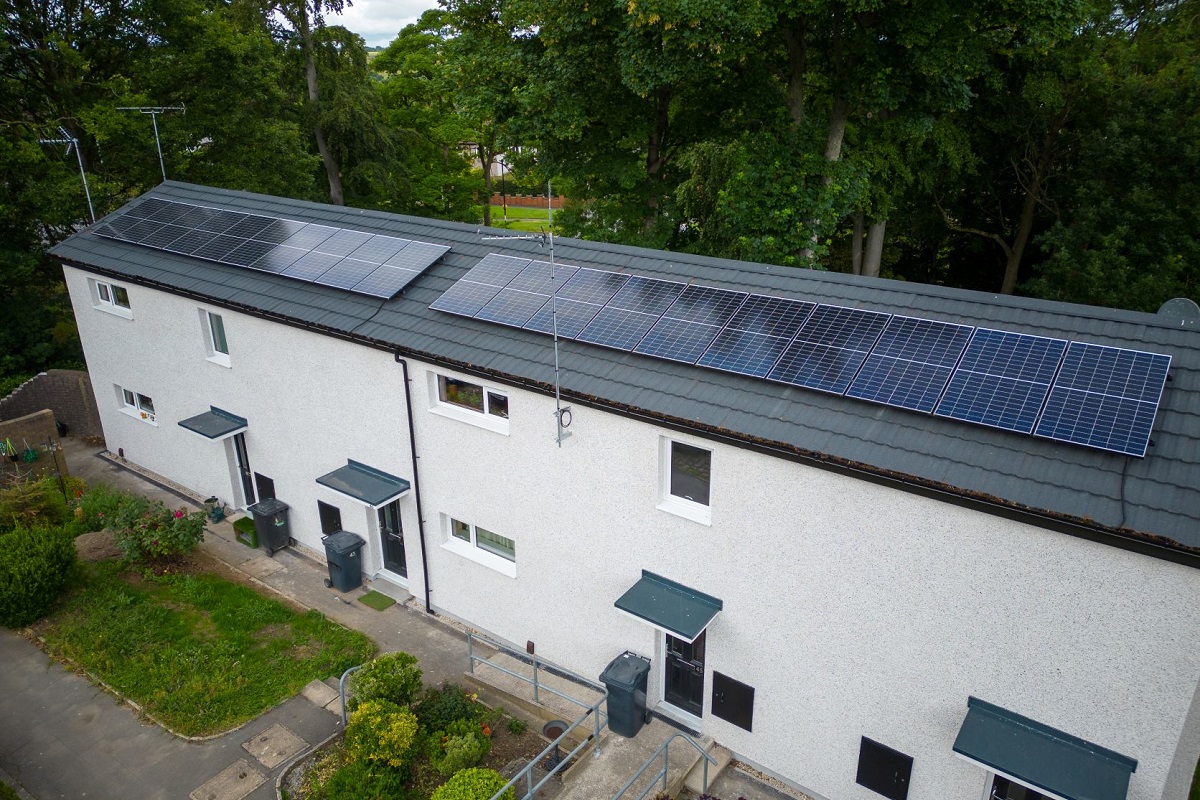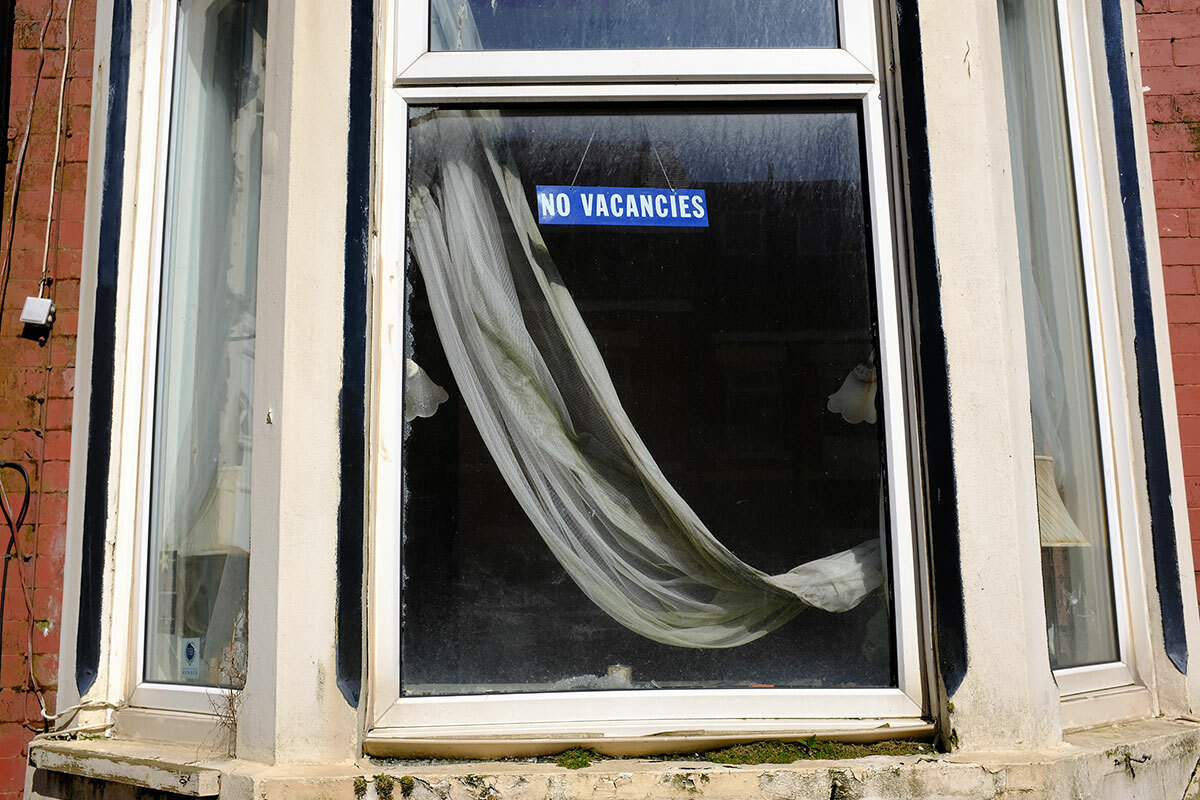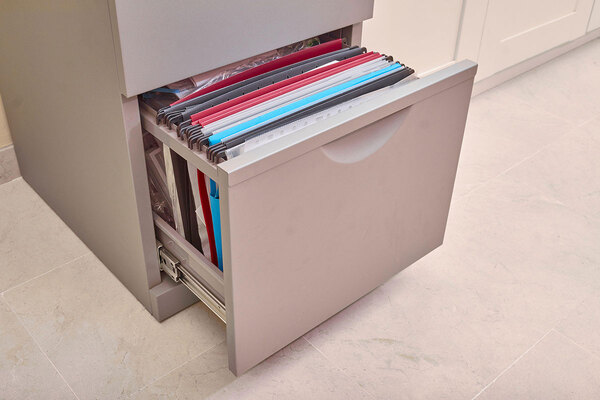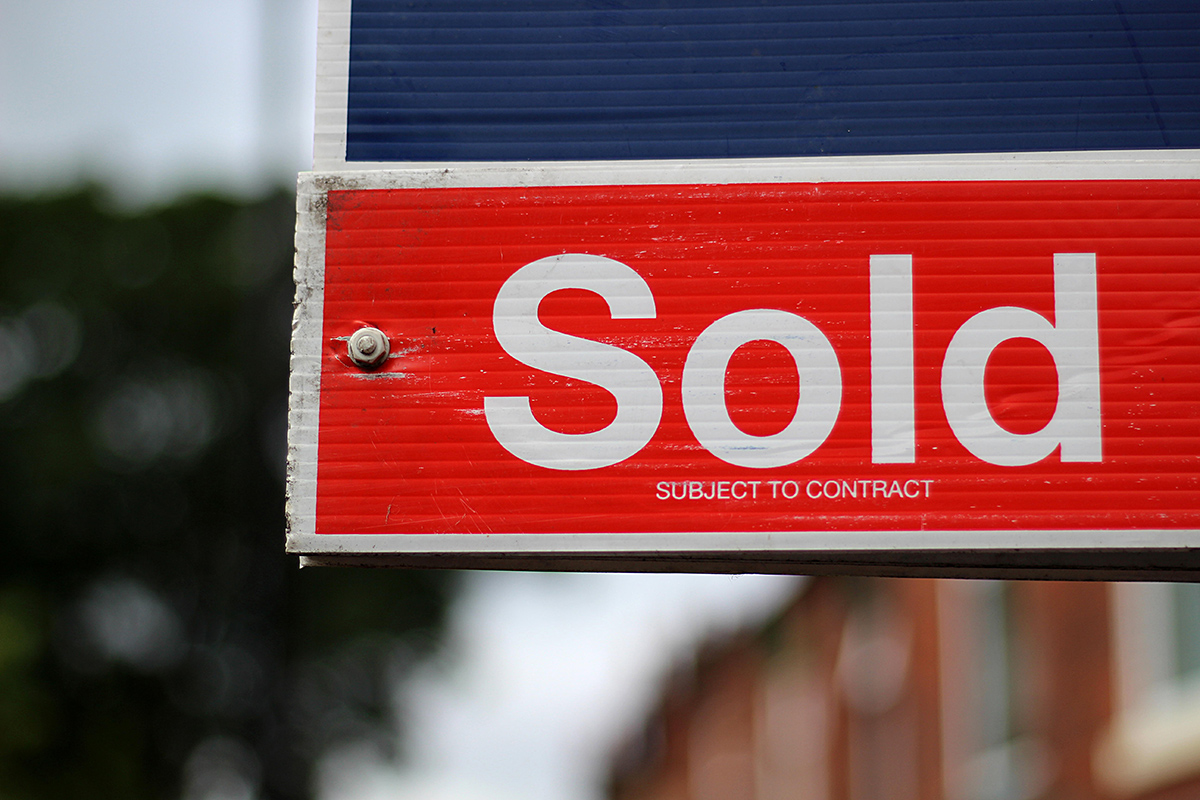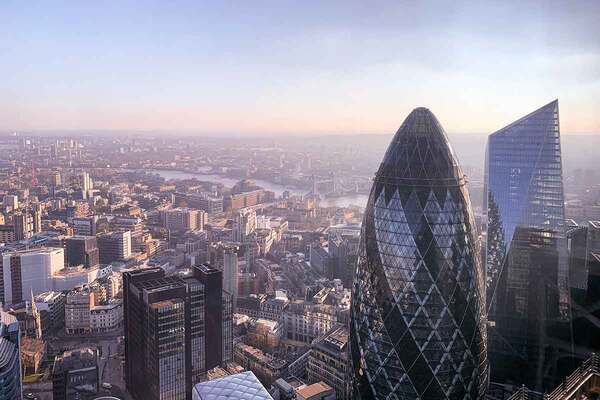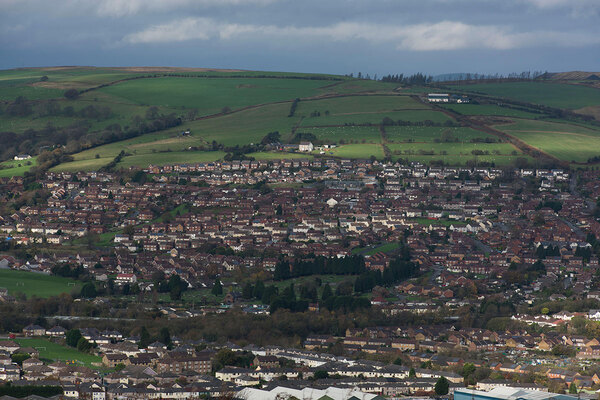You are viewing 1 of your 1 free articles
England has 217,000 social homes with serious hazards, study finds
England has around 217,000 social rented homes with serious hazards, ranging from unsafe stairs to overcrowding and “excessive cold”, according to new research.
Analysis by the Building Research Establishment (BRE) found poor-quality social housing is costing the NHS £65m each year in preventable costs.
The study, called The Cost of Poor Housing in England, found that the average price tag of making a social home safer was £3,784. If all hazards were mitigated now, the payback to the NHS would be achieved in 12 to 13 years.
The BRE regularly publishes data on this topic, but this is the first time the analysis breaks housing down by tenure. It reveals that, in the social sector, the most common hazard is unsafe stairs, with around 80,300 properties affected.
Other serious hazards in the sector include overcrowding (26,340 properties), excessive cold (22,615) and damp and mould growth (18,764). These are all ‘category one’, the most serious type of hazard defined by the Housing Health and Safety Rating System (HHSRS).
The finding on damp and mould contrasts with another recent, similar survey by the Regulator of Social Housing. This estimated that 8,000 social homes have category-one damp and mould, while 160,000 have less serious, but still “notable”, problems.
The BRE study, which used data from the 2019 English Housing Survey, also revealed that over half of social renters had one or more household members with a long-term illness or disability.
According to the BRE, the social rented sector comprises around 17% of English homes (about 4.1 million homes), but its share of all poor-quality housing in England (9%) and share of total costs of poor housing to the NHS (6%) are much lower than owner-occupied homes and private sector homes.
The organisation found that excess cold is most prevalent among properties outside the social sector, with half a million owner-occupied properties and 200,000 privately rented homes falling into this category.
According to the BRE, the social housing sector has more energy-efficient homes because of the long-running Decent Homes Standard regulations.
The report said: “Despite social housing generally being of a higher standard than the private sector stock, social landlords face many challenges in enabling continuous stock improvement, including the mitigation of poorer housing where it exists.
“As with other tenures, some serious hazards can remain ‘under the radar’, as not all tenants will be aware or will report serious defects in their home.”
The BRE, formerly part of the public sector but private since 1997, came under scrutiny at the Grenfell Tower Inquiry for its role in testing cladding systems containing combustible insulation and advising the government on fire safety risks in the built environment.
At one stage, its former managing director denied the organisation’s “sole concern was to protect the BRE’s revenue stream” and that it “wasn’t interested in matters of public fire safety”.
Sign up for our asset management newsletter
Already have an account? Click here to manage your newsletters

